Scientific investigations on skin aging and tumor cells, along with tests of technology for oxygen production, batteries, and growing plants, all travel on the 17th Northrop Grumman commercial resupply services mission to the International Space Station. The Cygnus spacecraft is scheduled for liftoff no earlier than Saturday, February 19, 2022, from NASA’s Wallops Flight Facility on Wallops Island, Virginia.
Here are details on some of the scientific investigations traveling to the space station on this mission:
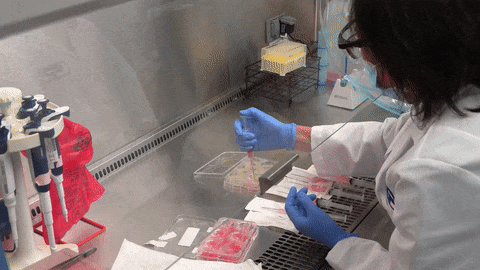
Preparation of tissue culture plates for Colgate Skin Aging, which evaluates changes in skin cells in microgravity and could help provide a model for assessing products for protecting skin from the effects of aging. Credit: Colgate-Palmolive
Protecting our skin
Deterioration of skin tissue, a normal part of aging, occurs over decades. Microgravity leads to changes in the body that are similar to aging but happen much more quickly in space where it can be more easily studied than on Earth. The Colgate Skin Aging experiment evaluates cellular and molecular changes in engineered human skin cells in microgravity. Aging-related skin changes are not simply cosmetic. As the body’s largest organ, skin performs multiple functions, including protection from infection, regulation of body temperature, and sensory input. Loss of functional or structural stability in skin therefore can be a potential source of other health problems. Results from this experiment could show that these engineered cells may serve as a model to rapidly assess products aimed at protecting skin from the aging process back on Earth.
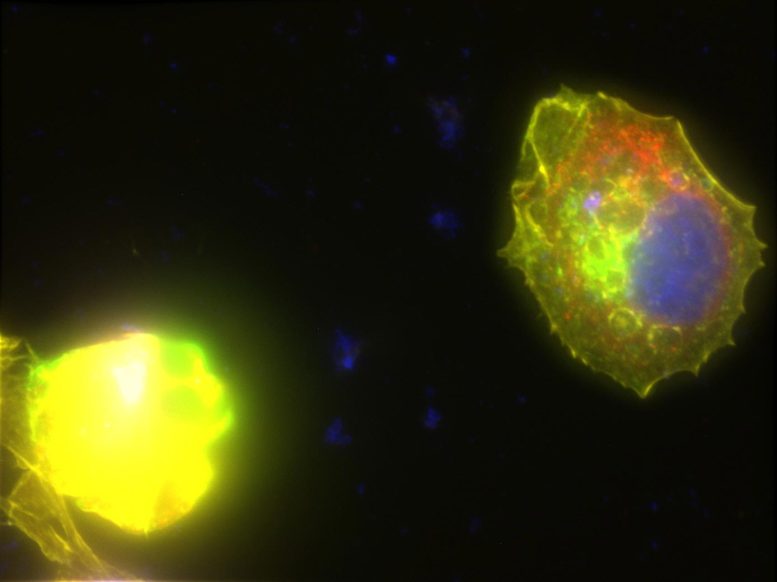
This image shows immunofluorescence of breast cancer cells treated with a MicroQuin therapeutic. Staining shows a normal nucleus (blue) and the therapeutic (green) localized to the cell’s endoplasmic reticulum (red). The drug forces the cytoskeleton (yellow) to collapse, inducing cell death. Credit: Scott Robinson, MicroQuin
Testing tumor drugs
MicroQuin 3D Tumor examines the effects of a drug on breast and prostate cancer cells in space. In microgravity, these cells can grow in a more natural three-dimensional model, which makes it easier to characterize their structure, gene expression, cell signaling, and response to the drug. Results could provide new insight into the cell protein targeted by the drug and help advance development of other drugs that target cancerous cells.
“Our 3D tumor modeling investigation on the space station provides a phenomenal opportunity to study cancer more naturally, allowing us to better assess drug penetration, tumor response, cell-to-cell signaling, disease progression, and even how drug resistance can emerge,” says Scott Robinson, MicroQuin principal investigator. “Cancerous cells ignore signals to stop growing, stop dividing, or even to die. In microgravity, these signals change considerably and can either benefit or hinder cancer growth. Knowing what signaling pathways are affected and how, allows us to focus research efforts on defining new therapeutic interventions that are more effective, less toxic, and have better patient outcomes.”
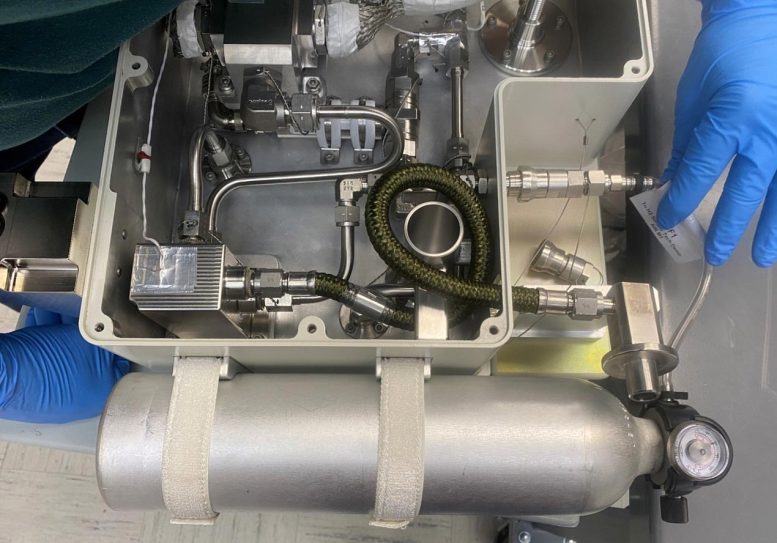
Hardware for the OGA H2 Sensor Demo shown in preparation for flight. This technology demonstration tests new sensors for detecting hydrogen in oxygen generating systems on spacecraft. Credit: NASA’s Marshall Space Flight Center
Improving hydrogen sensors
The OGA H2 Sensor Demo tests new sensors for the space station’s oxygen generation system (OGS). The OGS produces breathable oxygen via electrolysis, or separation of water into hydrogen and oxygen. The hydrogen is either vented overboard or sent to a post-processing system where it is recombined with waste carbon dioxide to form water. Current sensors ensure that none of the hydrogen enters the oxygen stream into the cabin, but are sensitive to moisture, nitrogen, drift in calibration, and other issues that can cause problems. They must therefore be swapped out after every 201 days of use.
This technology could provide more durable sensors for situations where replacement is not practical every 201 days, reducing the number of spares needed on longer space missions such as to the Moon or Mars. Improved technology for monitoring oxygen generation systems also has potential applications in contained environments on Earth, such as underwater facilities and those in remote and dangerous locations.
Better batteries
An investigation from the Japan Aerospace Exploration Agency (JAXA), Space As-Lib demonstrates operation of a lithium-ion secondary battery capable of safe, stable operation under extreme temperatures and in a vacuum environment. The battery uses solid, inorganic, and flame-retardant materials and does not leak liquid, making it safer and more reliable. Results could demonstrate the battery’s performance for a variety of potential uses in space and other planetary environments. Solid-state batteries also have potential applications in harsh environments and in the automotive and aerospace industries on the Earth.
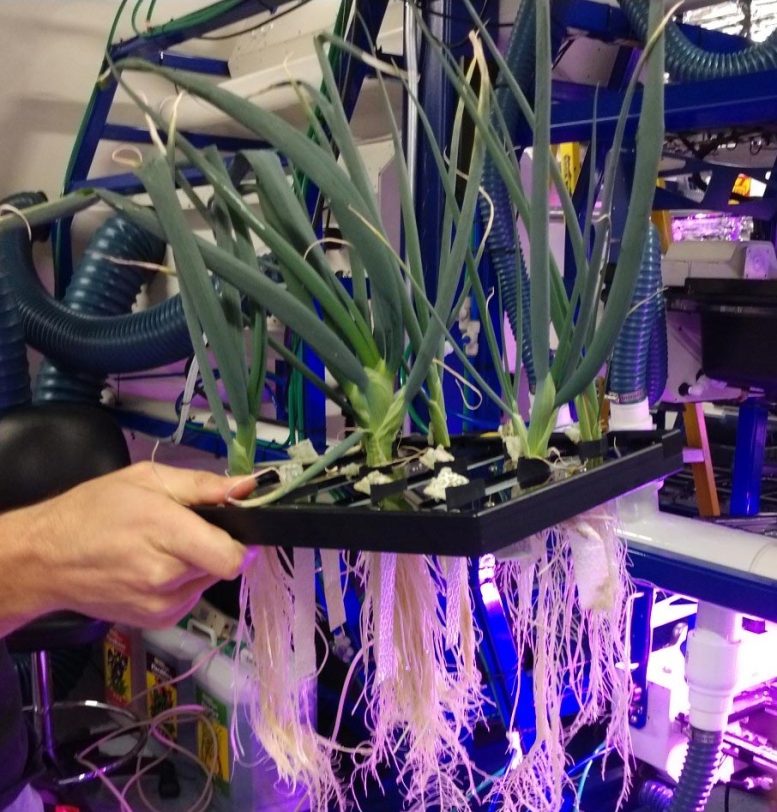
Green onion plants grown using aeroponics are held to display their roots. The XROOTS study tests hydroponic (water-based) and aeroponic (air-based) techniques to grow plants in space. Credit: Sierra Space
Plants in space
Current systems for growing plants in space use soil or a growth medium. These systems are small and do not scale well in a space environment due to mass and containment, maintenance, and sanitation issues. XROOTS tests using hydroponic (water-based) and aeroponic (air-based) techniques instead, which could reduce overall system mass. The investigation takes video and still images of root zone and crops for evaluation of the plant life cycle from seed germination through maturity in multiple independent growth chambers.
“The investigation incorporates unique Root Modules designed to provide delivery and recovery of nutrient solution to the plants so they can be grown without the additional mass of any soil media,” explains principal investigator John Wetzel of Sierra Nevada Corporation. “This approach is much more mass efficient for future large-scale plant growth systems in space.”
Results could provide insight into the development of larger scale systems to grow food crops for future space exploration and habitats. Components of the system developed for this investigation also could enhance cultivation of plants in terrestrial settings such as greenhouses and contribute to better food security for people on Earth.
Improving fire safety
The Solid Fuel Ignition and Extinction (SoFIE) facility enables studies of flammability of materials and ignition of fires in realistic atmospheric conditions. It uses the Combustion Integrated Rack (CIR), which enables testing at different oxygen concentrations and pressures representative of current and planned space exploration missions. Gravity influences flames on Earth; but in microgravity aboard the space station, fire acts differently and can behave in unexpected ways. Some evidence suggests that fires may be more hazardous in reduced gravity, a safety concern for future space missions.
Results may improve understanding of how fires start and grow in reduced gravity, helping to validate methods for testing and models for predicting the flammability of spaceflight materials and models. This insight could help ensure crew safety by improving design of extravehicular activity suits, informing selection of safer cabin materials, and helping to determine the best techniques for suppressing fires in space. Project data also could provide better understanding of fire safety and improve methods for testing material for homes, offices, aircraft, and other uses on Earth.

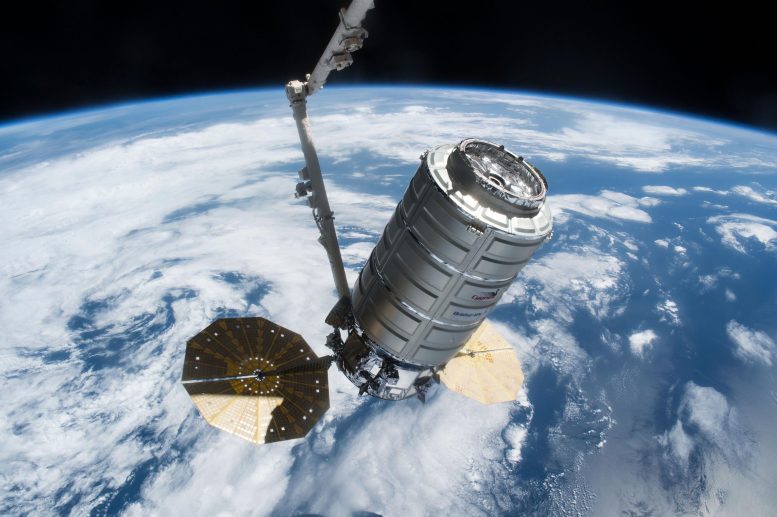
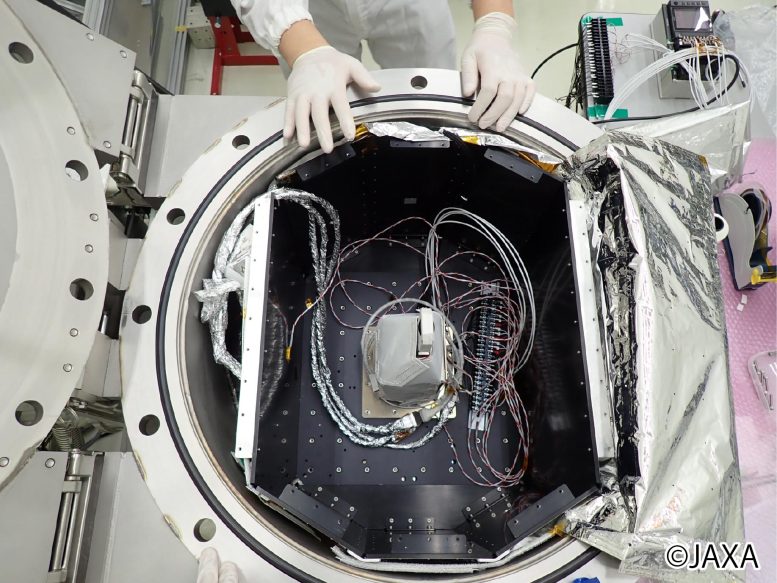
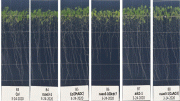

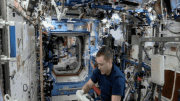
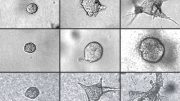

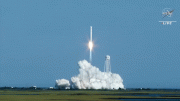
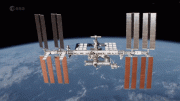
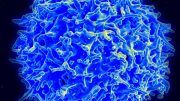
Very Interesting.
Triggerred some thoughts which may be useful if investigated!
1. I always wondered why and how Snakes shed their skin?
2. We need water to quench thirst. so the ability to generate Water from the Carbon-di-Oxide is a good idea by using hydrogen. The Use of Hydrogen as a fuel for Intersteller Space Tavel where gravity will play a limited role, if any, or even in the micro-gravity environment can be explored, to get to the destination we want to get to much faster. Will need appropriate brakes to slow down the vehicle/ Spaceship on nearing destination.
3.We still need an answer to the question raised earlier. Why does the Lithium-Ion battery function better when recycled? Does it have memory and if so , is it long-term or short-term memory? Please do note that Lithium is element No. 3 with a atomic mass of 6.94 (Almost 7). Protons and Neutrons could account for an atomic mass of 6. Always wondered about the 0.94 mass of Lithium and what it constitutes!
4. Have always wondered about the Vertical Column 1 of the Periodic Table and also about Vertical Column 17 of the periodic Table. Combination of these interesting elements gives interesting chemicals. In a battery we have a Anode and a Cathode and an electrolyte…… Re-examine the possibilities of different types of batteries vide a combination of Vertical Column 1 and Vertical Colum 17. The Bindingg between these seems to be strong for lower elements with lower atomic masses. Then the bonds get stronger. At Higher atomic numbers and atomic masses, instability appears to increase and results in Radioactivity in fissionreactions
5. Have always wondered how the isotopes of Hydrogen Deutrium, Tritium with mass 2+ and 3+ which play a very importaant role in fusion efforts underway, are connected with the Litium-Ion Battery. The umbrella of Energy-matter or Matter-energy spectrum and strength of bonding between the various elements in Column One and Column 17 of the Periodic Table may hold interesting answers if investigated further.
6. The question we need to ask ourselves is, why do we need to grow plants in space in the first place! What the human body needs to ensure optimal functioning is delivery of appropriate quantity of energy to the Cells in the body. can we reimagine such delivery without intermediaries like like food to quench hunger pangs! The brain can be fooled into believing that the stomach is full vide ppropriate technology which makes us feel satiated! I am not sure we can do without water! So quenching thirst with smoke and mirrors seems a iffy proposition. A possible answer is a gel which keeps the cells hydrated!! But Gels and Jelly for trillions of cells seems like a difficult problemto solve.
7. From Greek Mythology we learnt that Prometheus stole Fire from the Gods. Well we should thank him for providing us with a readymade means for cooking and eating delicious meals we all enjoy. However, I am not sure Fires can burn or even exist without Oxygen. We douse flames either by stamping it out or rolling the person on fire in a blanket to starve the fire of its oxygen supply. We fortunaely/ unfortunately are a carbon based species who breathe in oxygen and breathe out carbon di oxide to survive as alife form.The most abundant element in the Universe is Hydrogen. Both highly sensitive Hydrogen Sensors and Highly sensitive Oxygen detectors are essential for ensuring that the two don’t mix and explode cause a fire. On Earth we have another element in the mix of Air we breathe. This element Nitrogen consists of eighty percent of what we breathe (Column 15 in the Periodic Table with a atomic Mass of 14.01 and element Number 7 in the periodic table). It almost behaves like an inert gas and elements we find in Vertical Column18 where Helium Resides. Helium plays an important role in the efforts of Humans to produce energy from Fusion. Two atoms of Hydrogen and one atom of Oxygen gives us Water (Normal). When we combine higher iotopes of hydrogen with mass 2 (Deuterium) and Mass 3 (Tritium) we get Heavy Water , which plays a very important role in Fusion.reactions. Right next to the element Nitrogen in Column 7 is the element Oxygen with an atomic number 8 and a Atomic Mass of 16.00. In Column 17 is the element Fluorine with atomic number 9 and atomicMass 19.00. (Note not 18). Always wondered what the extra atomic mass of 1 was about and its role is in bonding with elements in Vertical Column one. Fluorine is followed by Neon Gas with atomic number 10 and atomic Mass 20.18. We use it for Neon Lighting. Neon is an Inert Gas in Column 18, just below Helium!
Rethink and reimagine Chemical Reactions vis-a-vis Nuclear Reactions and we may find a road map for Cold Fusion.
Finally, let me draw your attenion to the element Carbon (Element No. 6 with mass of 12.01). Keep in mind that we are all Carbon Life Forms!!
Views expressed are Personal and not binding on anyone.